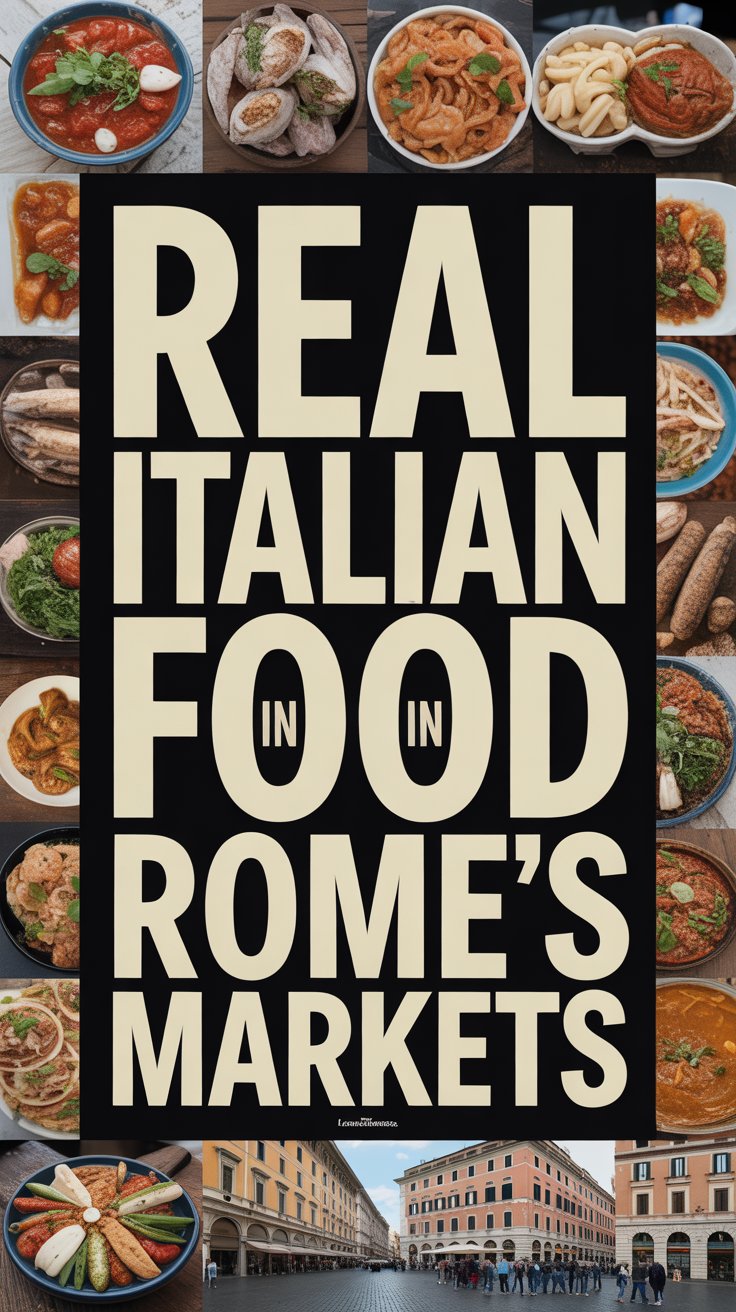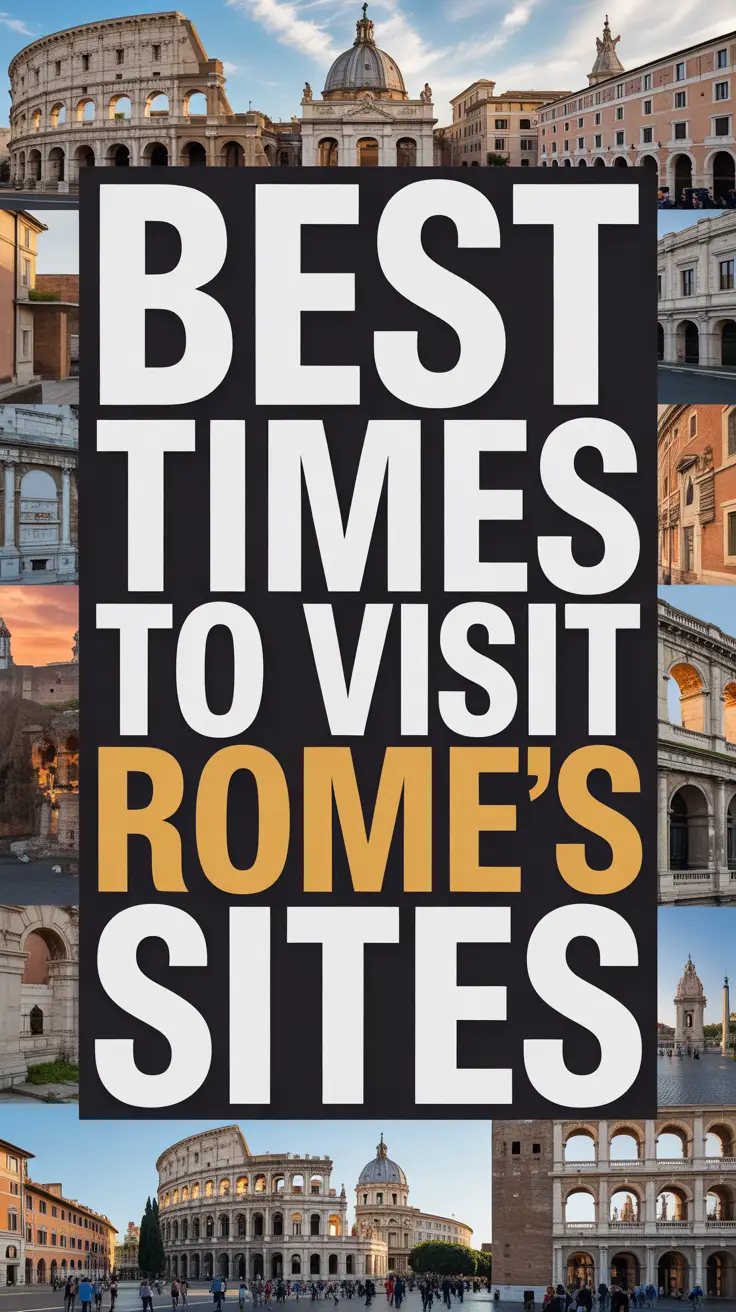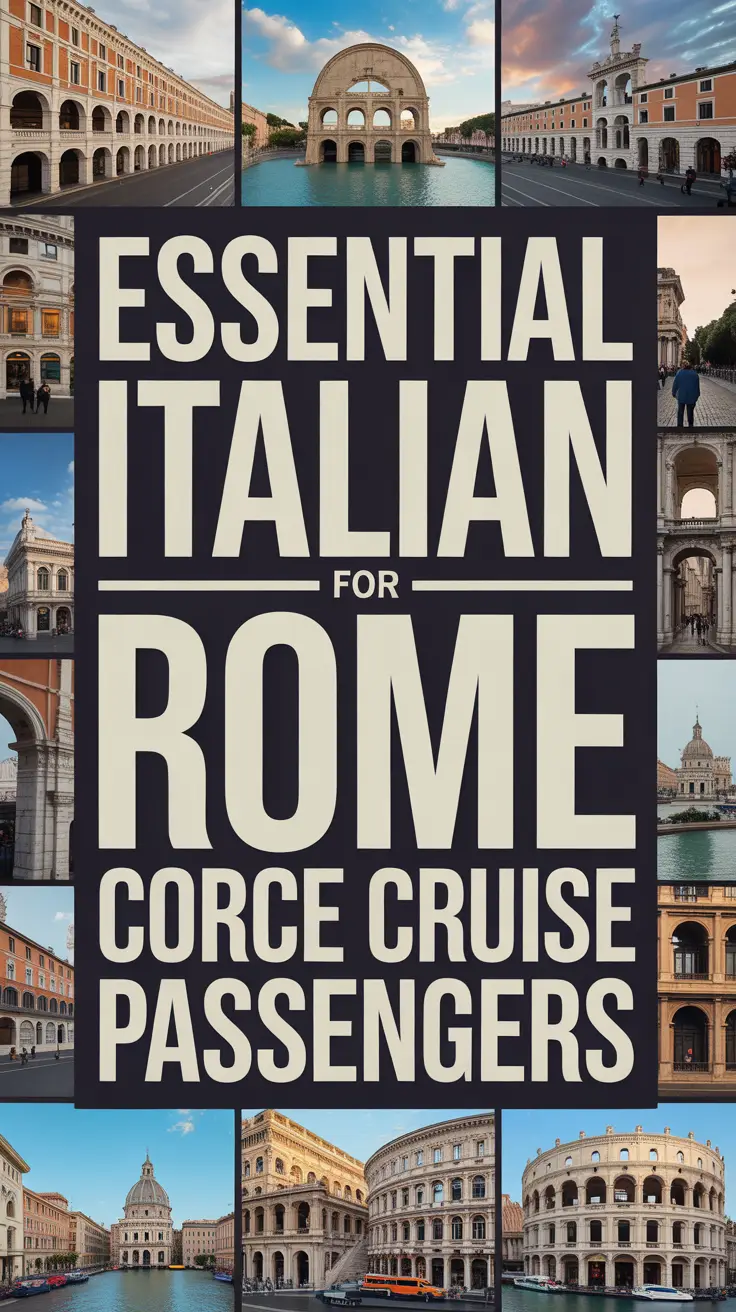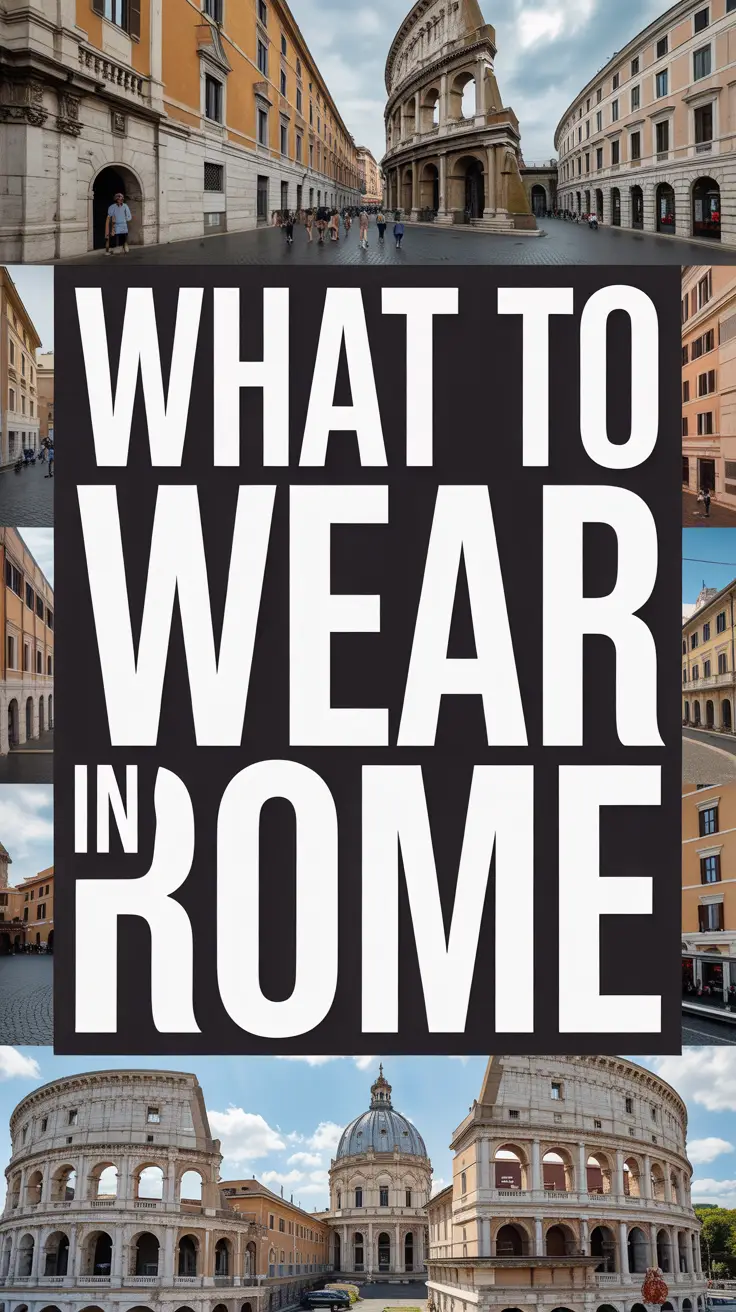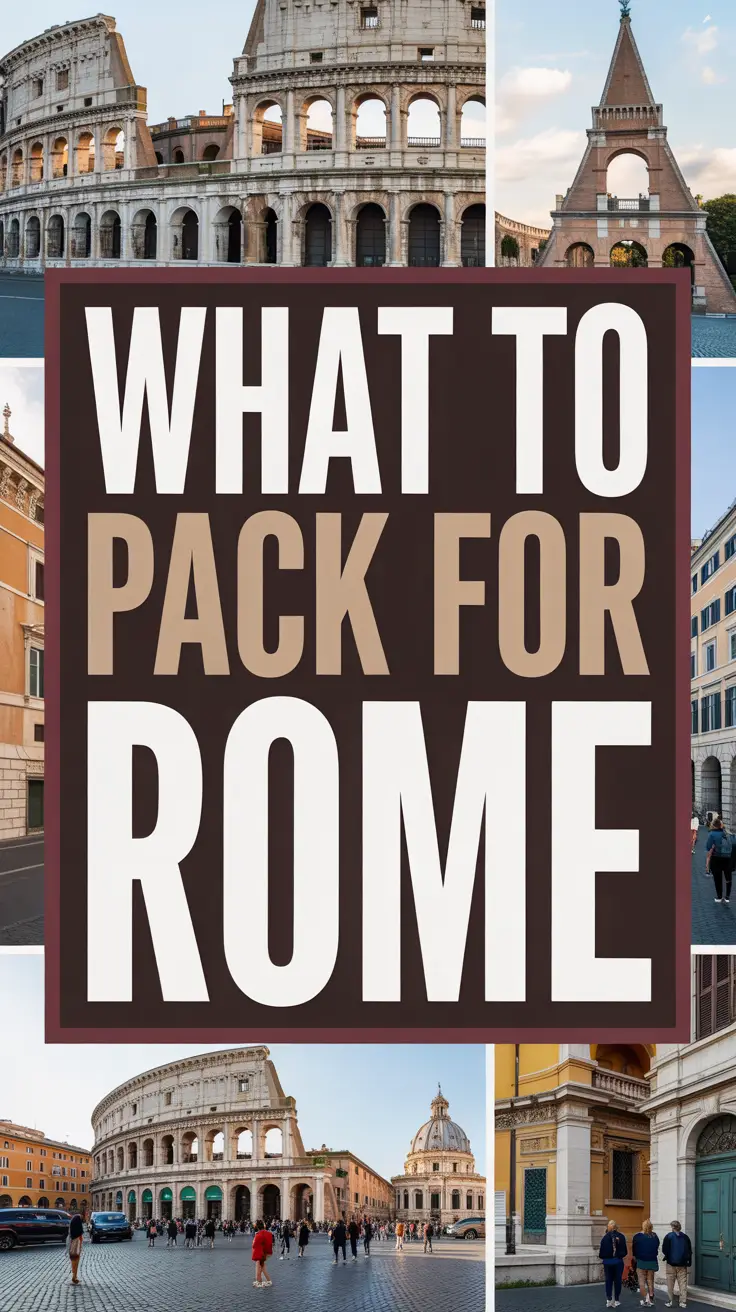Where to Find Real Italian Food in Rome’s Markets
Ah, Rome! The eternal city where cruise ships dock at Civitavecchia, and savvy passengers know the real treasure isn’t just the Colosseum—it’s the food markets where Romans actually shop. After decades of guiding cruise guests through Europe’s Mediterranean ports, I’ve learned that the best Italian food isn’t hiding in tourist traps near the Trevi Fountain. It’s where nonna still argues with vendors over the ripeness of tomatoes.
The Markets That Matter Most
Let me share the markets where you’ll find authentic Roman flavors that would make your Italian grandmother weep with joy (or competitive rage).
Campo de’ Fiori
This morning market transforms from a bustling food paradise into a nightlife hotspot faster than you can say “carbonara.” Arrive early—Roman vendors start packing up when cruise tourists are just finishing their third cappuccino of the day.
- Best time: 7 AM – 1 PM Monday through Saturday
- Must-try: Fresh mozzarella di bufala from the cheese stalls
- Pro tip: The flower vendors sell the most photogenic produce
Mercato Testaccio
The locals’ secret weapon, relocated from its historic outdoor location to a modern indoor space. Don’t let the contemporary building fool you—the vendors here have generational knowledge flowing through their veins.
- Operating hours: Monday-Saturday, 6 AM – 2 PM
- Standout feature: Mordi e Vai for traditional Roman sandwiches
- Insider secret: Saturday mornings offer the best selection
Mercato Trionfale
Rome’s largest covered market near Vatican City. It’s where Roman chefs shop when they want to impress their own mothers.
- Location advantage: Walking distance from Vatican museums
- Specialty: Incredible selection of aged cheeses and cured meats
- Local knowledge: Vendors speak more English here due to proximity to tourist areas
What Real Romans Actually Eat
Forget what you think you know about Italian food. Romans have their own rules, and breaking them is like wearing socks with sandals—technically possible but culturally offensive.
| Real Roman Staple | Where to Find It | Why It Matters |
|---|---|---|
| Supplì (rice balls) | Campo de’ Fiori vendors | Roman comfort food, not Sicilian arancini |
| Pecorino Romano | All major markets | The only cheese for authentic carbonara |
| Guanciale | Testaccio meat vendors | Pork jowl that makes carbonara sing |
| Romanesco broccoli | Seasonal at Campo de’ Fiori | Fractal vegetable that’s pure Roman pride |
Navigation Tips for Market Newbies
Markets can feel overwhelming when you’re operating on cruise ship time constraints. Here’s how to maximize your authenticity per minute:
- Cash is king: Many vendors don’t accept cards, especially for small purchases
- Bring your own bags: Environmental consciousness meets practicality
- Learn key phrases: “Quanto costa?” (How much?) and “Posso assaggiare?” (Can I taste?)
- Shop like Romans: Don’t touch produce unless invited—vendors choose for you
The Challenges You’ll Face
Let’s be honest—market shopping isn’t always Instagram-perfect. Language barriers can turn ordering prosciutto into an elaborate game of charades. Crowds can be intense, especially when local grandmothers are involved in heated negotiations over the last perfect eggplant.
Some vendors might initially quote tourist prices, and the sensory overload can be overwhelming for first-timers. Plus, many markets close during typical cruise excursion hours, making timing crucial.
Expert Insights
“Cruise passengers often rush through our markets like they’re checking items off a list,” says Marco Antonelli, Port Authority Cultural Liaison at Civitavecchia Port. “The ones who truly experience Rome are those who slow down, engage with vendors, and understand that our markets are community gathering places, not just shopping destinations.”
Bonus Tips That Will Change Your Market Game
- The “Aperitivo Shopping” strategy: Buy ingredients in the morning, return to your ship to store them, then come back for aperitivo at nearby wine bars
- Vendor loyalty pays: Return to the same stalls—vendors remember faces and reward repeat customers
- The siesta advantage: Visit markets early morning or late afternoon to avoid the midday closure
- Sample smartly: Don’t just taste—ask vendors how they recommend preparing items
Making It Work with Cruise Schedules
Most Mediterranean cruises dock early morning—perfect for market timing. Plan a morning market expedition, return to ship for lunch, then explore monuments in the afternoon. Some cruise lines offer market-focused shore excursions, but independent exploration offers more authentic interactions. Make sure to pack a quality day backpack for walking to carry your market treasures comfortably throughout the day.
Common Questions
Can I bring market purchases back on the cruise ship?
Fresh produce and sealed packaged goods are generally fine, but check with your cruise line about specific restrictions. Avoid bringing fresh meats or unpasteurized cheeses on longer itineraries.
Do market vendors speak English?
Basic English is common in tourist-adjacent markets like Campo de’ Fiori, but learning simple Italian phrases enhances the experience significantly. Hand gestures are universally understood.
How much should I budget for market shopping?
Expect to spend 20-40 euros for a good selection of cheeses, cured meats, and local specialties. High-quality items cost more, but you’re buying the same products served in Rome’s best restaurants.
Are markets safe for solo travelers?
Roman markets are generally very safe during operating hours. Stay aware of pickpockets in crowded areas, and avoid displaying large amounts of cash.
What’s the best way to transport market purchases back to the ship?
Bring an insulated bag for cheese and meats. Many vendors can provide ice packs. The train from Rome to Civitavecchia takes about an hour, so plan accordingly for perishables. A luxury cruise travel accessories set with insulated compartments can make transporting delicate items much easier.
The real magic of Roman markets isn’t just in the incredible food—it’s in the connections you make. When you return home and recreate that perfect cacio e pepe using pecorino from a vendor who shared his family’s pasta technique, you’re not just cooking dinner. You’re continuing a conversation that started in a bustling Roman market, bridging cultures one perfectly chosen ingredient at a time. That’s the kind of souvenir that never fits in your luggage but always travels with you.

